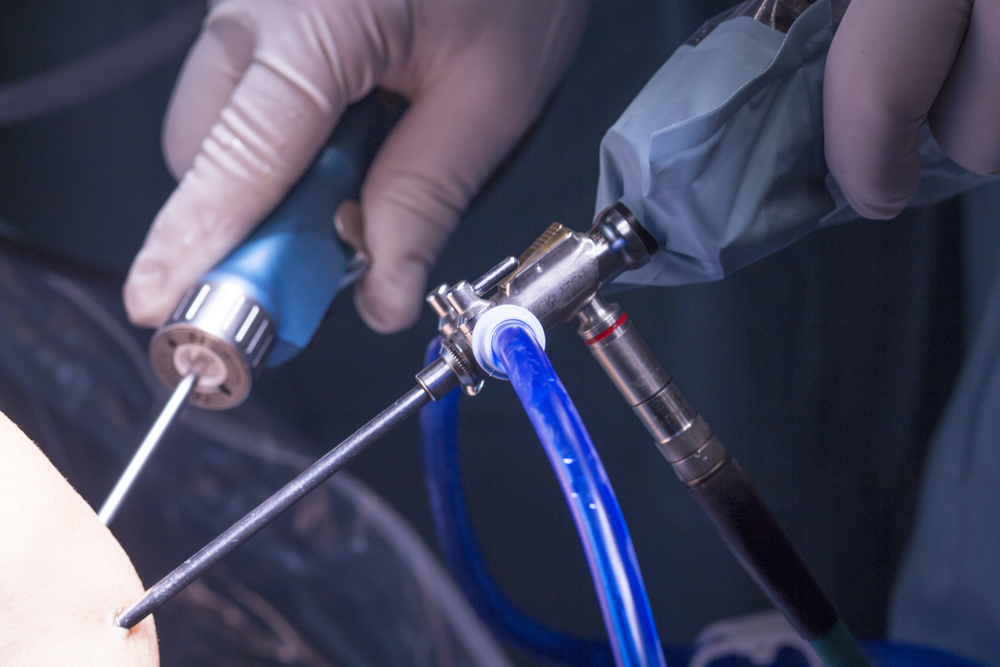Minimally invasive surgery (MIS) has transformed modern medicine, offering patients faster recovery, less pain, and smaller scars compared to traditional open surgery. This innovative surgical technique first gained momentum in the 1980s, when video technology enabled surgeons to view procedures on monitors while operating with both hands. Since then, the field has rapidly evolved, allowing for safer, more precise procedures with better patient outcomes.
What Is Minimally Invasive Surgery?
Minimally invasive surgery uses small incisions and specialized tools—such as endoscopic devices with miniature cameras—to treat conditions inside the body. Instead of making one large incision, surgeons operate through tiny cuts, which significantly reduces trauma to surrounding tissues.
Key benefits of minimally invasive surgery include:
- Smaller incisions and minimal scarring
- Reduced pain during recovery
- Lower risk of infection
- Shorter hospital stays—often outpatient or overnight
- Faster return to daily activities
Thanks to ongoing innovations, more procedures than ever can now be performed using a minimally invasive approach.
Common Minimally Invasive Procedures at Iowa Ortho
At Iowa Ortho, our experienced surgeons use minimally invasive techniques across a wide range of specialties, including:
- Direct anterior hip replacement
- Hip arthroscopy
- Minimally invasive spine surgery
- Arthroscopic shoulder and knee surgery
- Hand and wrist procedures
- Foot and ankle surgeries
These techniques allow our team to deliver exceptional care while helping patients get back on their feet sooner.
Is Minimally Invasive Surgery Right for You?
Not every patient is a candidate for minimally invasive surgery. At your consultation, an Iowa Ortho specialist will evaluate your condition, discuss your treatment options, and determine the most effective surgical approach for your needs.

